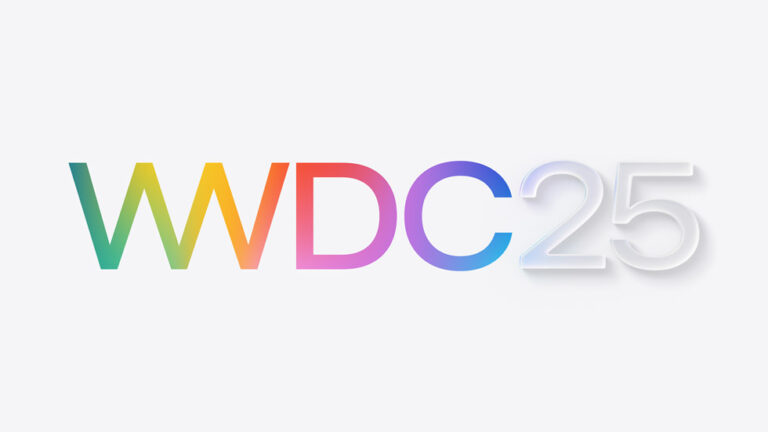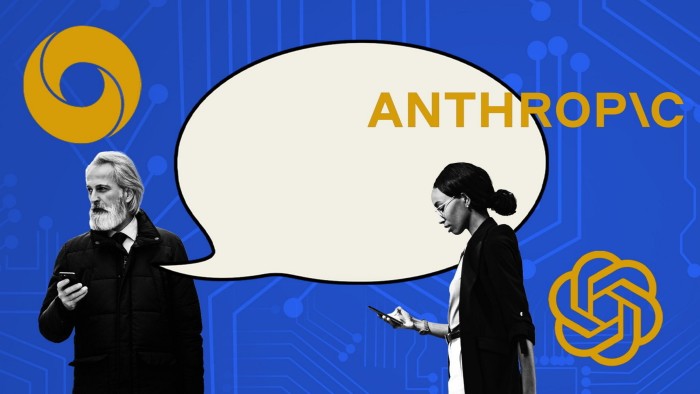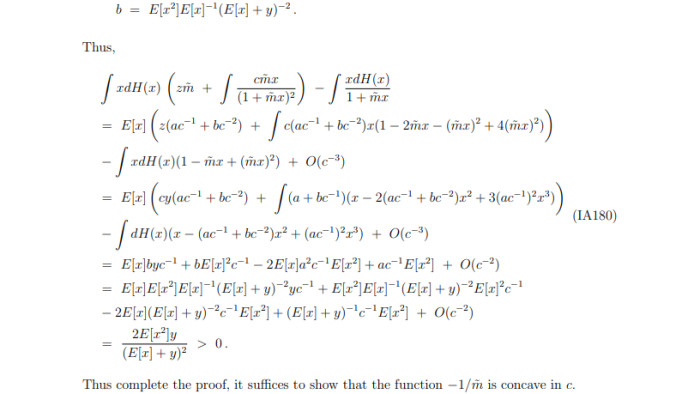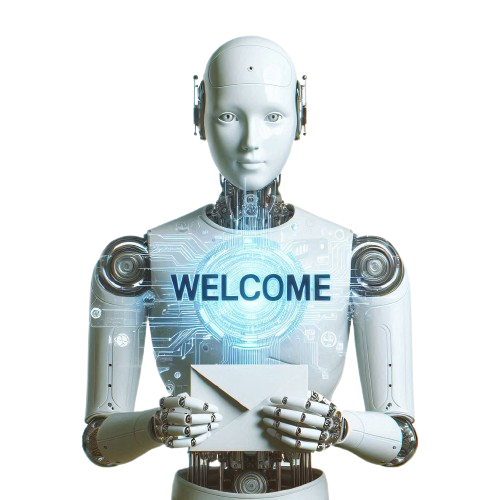How Apple Lost the AI Race Ahead of WWDC 2025
Table of Contents
Apple is stumbling into its developer conference with broken promises, delayed features, and AI models that pale against competitors—risking an exodus of AI-first users who increasingly see their iPhones as expensive relics in an AI-powered world.
The warning signs are everywhere. Bloomberg’s Mark Gurman reports that Apple insiders expect WWDC 2025 to be a letdown. The company’s much-hyped Apple Intelligence features have proven so unreliable that Apple even disabled news notification summaries entirely a few months back after they generated misleading headlines. Most damning of all: 73% of Apple Intelligence users report the features provide little to no value, while the company’s flagship AI models remain stuck at a mere 3 billion parameters—dwarfed by competitors’ offerings that reach into the hundreds of billions.
This is a fundamental failure to adapt to the most transformative technology shift since the mobile internet. While Microsoft, Google, and Meta pour over $300 billion into AI infrastructure in 2025 alone, Apple rents computing power from the very competitors it’s trying to catch. The result is a company that once defined innovation now playing a desperate game of catch-up it may never win.
The Great AI Capability Chasm
The technical reality is stark. Apple’s on-device AI model, while optimized for efficiency with its 3.7 bits-per-weight configuration, simply cannot compete with the raw capability of cloud-based competitors. Internal benchmarks show Apple’s larger server models perform just behind GPT-4 Turbo, a model that’s already being superseded by newer, more capable systems. Meanwhile, the 150-billion parameter models that Apple claims match ChatGPT’s performance remain locked away in internal testing, deemed too prone to hallucinations for public release.
While Apple touts privacy advantages through its Private Cloud Compute infrastructure, the underlying models lack the reasoning capabilities that make modern AI truly useful. Apple’s own researchers published studies showing that large language models, including their own, rely more on pattern matching than genuine logical reasoning.
The hardware tells an equally troubling story. Despite impressive Neural Engine specifications—the M4 chip delivers 38 trillion operations per second—Apple faces severe computing limitations with only 50,000 outdated GPUs compared to the hundreds of thousands deployed by Google and Microsoft. This infrastructure deficit isn’t something that can be overcome quickly; it represents years of underinvestment in AI development.
WWDC 2025: The Conference of Broken Promises
A year ago, Apple stood on the WWDC stage and promised a revolution. Swift Assist would bring AI-powered coding to Xcode. Siri would gain personal context awareness, understanding your emails, calendar, and communications. Cross-app functionality would enable complex workflows with simple voice commands. Today, none of these features exist.
Swift Assist hasn’t just been delayed—it’s vanished entirely from Apple’s roadmap, with no mention in current Xcode releases and no official acknowledgment of its disappearance. The promised Siri overhaul faces what Robby Walker, Siri’s senior director, reportedly called “ugly and embarrassing” delays, with features pushed from April 2025 to “May or later,” and some capabilities unlikely to arrive before 2026.
The developer community’s response has been scathing. Trust has eroded to the point where developers now view Apple’s conference as a preview of what Apple might release rather than a concrete roadmap.
For WWDC 2025, expectations couldn’t be lower. Bloomberg reports the event will be smaller-scale with Apple unlikely to preview far-off technology after last year’s embarrassments. The biggest AI announcement? Opening Foundation Models to third-party developers—but with models limited to 3 billion parameters, offering a fraction of the capability available from competitors. While Google and Microsoft provide developers with access to state-of-the-art models, Apple offers the AI equivalent of a calculator in the age of supercomputers.
Losing the AI Arms Race by Design
The competitive field reveals Apple’s strategic paralysis. ChatGPT commands a significant market share in consumer AI assistants. Meta AI surged to match it in just months. Google’s Gemini holds up to similar market share depending on the measurement. Apple? It’s effectively absent from these rankings, with Siri relegated to setting timers while competitors engage in complex reasoning and creative tasks.
The enterprise market presents an even bleaker picture. While 32.4% (Ramp AI Index) of US businesses use OpenAI services and Microsoft generates $5 billion in annual AI revenue, Apple has zero presence in enterprise AI. This isn’t a market Apple chose to ignore—it’s a market where Apple has nothing to offer.
Investment figures underscore the growing gulf. Amazon plans to spend $100 billion on AI in 2025. Microsoft allocates $80 billion. Google commits $75 billion. Apple’s spending remains opaque, hidden behind rental agreements with the very cloud providers it competes against. This approach—renting rather than building—ensures Apple will always lag behind companies that control their own AI destiny.
The innovation gap manifests in shipping velocity. While Apple promises features for 2026 and 2027, competitors ship major updates monthly. OpenAI’s reasoning models, Google’s Gemini 2.5, Microsoft’s deep Office integration—these aren’t future promises but present realities. Apple’s conversational Siri rival to ChatGPT won’t arrive until 2027 according to Bloomberg, by which time competitors will have moved generations ahead.

When Loyalty Meets Obsolescence
History offers sobering parallels. BlackBerry commanded fierce loyalty through its email integration and physical keyboard—until the iPhone made those advantages irrelevant overnight. Nokia’s superior hardware and global reach crumbled when software became the differentiator. Both companies dismissed the threat until market share evaporated with stunning speed.
Apple faces a similar inflection point. Survey data shows a significant portion of iPhone users would consider switching for better AI features. Among tech-savvy professionals and younger demographics, that number rises. These aren’t casual users—they’re the early adopters who influence broader market trends.
The mechanism of exodus wouldn’t be sudden but steady. It starts with the tech enthusiasts frustrated by Siri’s limitations. Then professionals who need AI for productivity choose Google Pixel with Gemini. Young users, growing up with ChatGPT and Claude, begin to see iPhones as their parents’ phones—technically competent but fundamentally out of touch.
International markets present the highest risk, where ecosystem lock-in is weaker and price sensitivity higher. A serious switching risk exists in markets where iMessage and FaceTime hold less sway. As other manufacturers successfully market AI-first devices at lower price points, Apple’s premium positioning becomes harder to justify when the software falls behind.
The timeline is unforgiving. Experts identify 2025 as the critical year for Apple Intelligence rollout. Miss this window, and by 2026-2027, ecosystem damage may be irreversible. The 2028 timeframe represents a potential point of no return if market momentum shifts decisively toward AI-native platforms.
The Price of Playing It Safe
Apple built its empire on the premise that integrated hardware and software, combined with superior user experience, would always triumph. But AI represents a fundamental platform shift where data, computing scale, and algorithmic innovation matter more than elegant industrial design or smooth animations.
The company’s secretive culture, beneficial for surprise product launches, proves catastrophic for AI development where open research collaboration drives progress. Its privacy stance, while admirable, becomes a millstone when competitors leverage cloud computing to deliver capabilities Apple simply cannot match on-device. The walled garden that once protected Apple’s margins now walls it off from the AI revolution happening outside.
WWDC 2025 won’t save Apple’s AI efforts. It will likely confirm how far behind the company has fallen. With major features delayed until 2026 or 2027, internal chaos reflected in leadership changes, and competitors racing ahead with billion-dollar investments, Apple faces its starkest challenge since the 1990s.
The question isn’t whether Apple can catch up anymore. It’s whether users will wait around to find out. In an AI-transformed world, brand loyalty lasts only until the moment your device feels obsolete. For a growing number of Apple users, that moment is arriving fast. The exodus, when it comes, won’t be because Apple made bad products—it’ll be because they failed to make the products that matter most in an AI-driven future.






